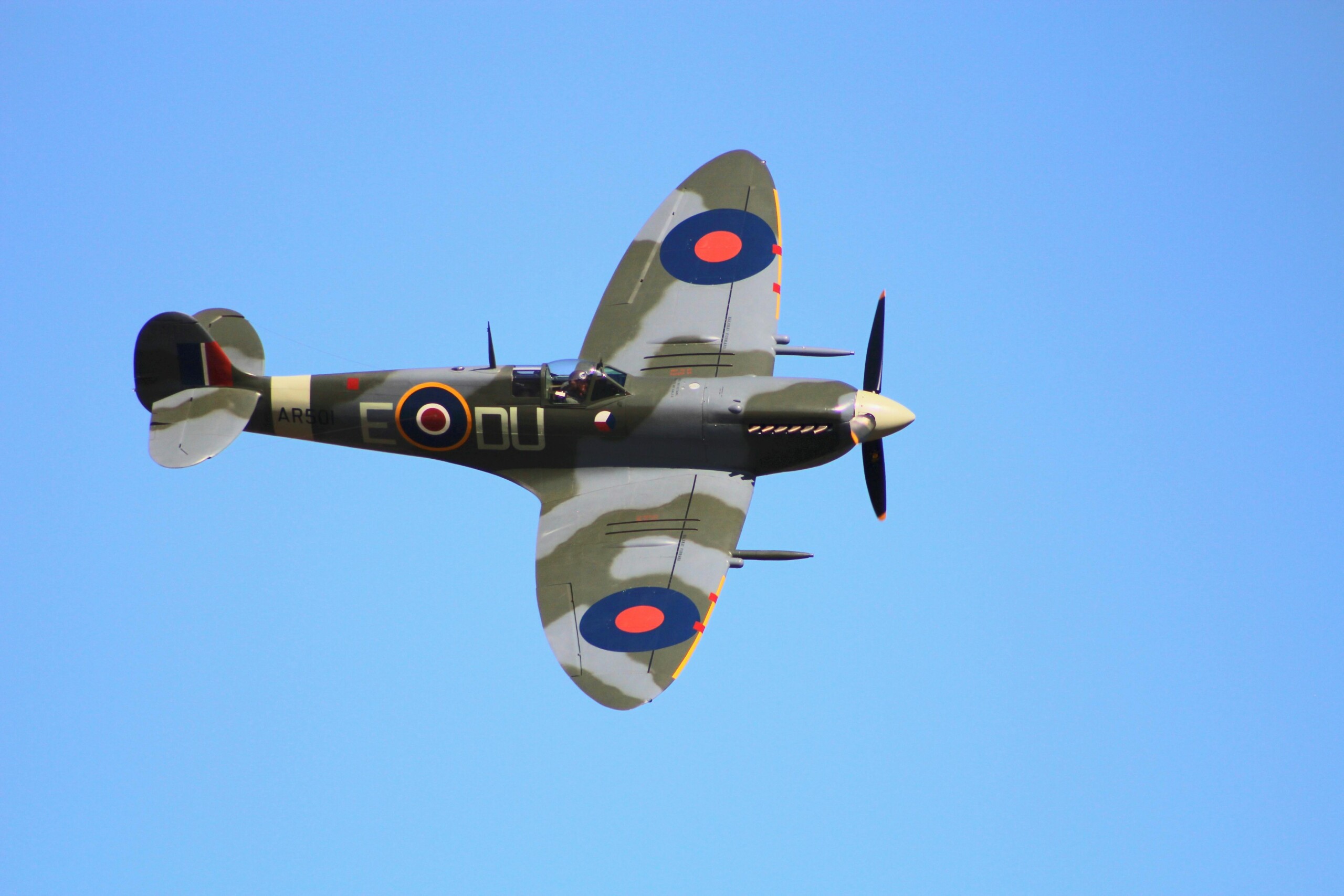
Welcome to our recommendation for the Best Day Trip from London for WW2 Enthusiasts. If you’re coming to England and interested in our WW2 history, you must visit the White Cliffs of Dover. With its strategic position on the English channel and pre-existing defensive architecture, Dover played a vital role in Britain’s war effort. Both the cliffs and the castle were heavily involved in military operations that changed the course of the war. Stand on the cliffs of Dover and be transported back to the times of great sacrifice, bravery and change. Read on to find out all the reasons why Dover is the best day trip from London for WW2 Enthusiasts.
Important location
Dover has been of extreme importance in England for thousands of years due to its location. It is the closest point of Britain to the rest of Europe, making it a critical point for trading, invading and more. On a clear day, you can look across the 21-mile strait of ocean to see the coast of France in the distance. From the cliffs, it’s easy to imagine what it must have been like to live in such a crucial location during WW2.
Throughout the war, shells and bombs fell almost constantly on Dover. Although the city suffered much damage, Dover Castle had a secret – underground tunnels, built in the Napoleonic era. The tunnels became an important headquarters for the British military, housing over 700 personnel. The harbour was transformed into a naval base, perfectly positioned to face the threat from Europe.
Operation Dynamo
Secret tunnels were first dug under Dover Castle during the Napoleonic wars. They were used extensively as a command centre in WW2, especially for the Dunkirk evacuation “Operation Dynamo” in 1940. Even after Operation Dynamo was complete, the tunnels continued to be key in the war effort. From 1943 they served as a combined headquarters for the army, navy and air force. You can still explore these tunnels today, heading underground to immerse yourself in the wartime stories and relics. Choose from “Operation Dynamo” or “the Underground Hospital”, or both!
Another crucial mission masterminded in the tunnels was Operation Fortitude. This deception strategy involved sending coded fake radio messages and a whole fake army, complete with inflatable tanks! Anticipating an invasion that wasn’t coming, the Germans kept troops away from the main fighting front. This was essential for the success of the Normandy landings, which were launched from Dover in 1944. Then, the Allied troops were able to safely land in north-western Europe and went on to win the war.
A symbol of hope
In the wartime, the White Cliffs of Dover became a symbol of hope and home for people all over Britain. After escaping Dunkirk, they were one of the first sights of home and safety that the returning soldiers saw. This sentiment was immortalised in the song “The White Cliffs of Dover”, filled with hope for a future of peace. The version sung by ‘the Forces Sweetheart’ Vera Lynn in 1942 became one of the most popular tunes of WW2.
Fun fact: the full title of the song is “(There’ll Be Bluebirds Over) The White Cliffs of Dover”. The ‘bluebirds’ mentioned are thought to be referring to Spitfires, the iconic British wartime plane. To this day, you can still fly over Dover in vintage WW2 planes, including Spitfires! Book a flight yourself, or keep an eye out for them soaring above as you hike along the cliffs.
Fan Bay Deep Shelter
After Operation Dynamo, it became clear that control of the English Channel would be essential to winning the war. So, Churchill ordered the preparation of heavy artillery to counter a possible future invasion. Fan Bay Deep Shelter was one of six sites that were part of this defensive effort. It consists of a series of tunnels, serving as accommodation for the Royal Artillery from February 1941. There were sleeping quarters, a Plotting Room, and the guns themselves. The Fan Bay guns were fired on at least 17 occasions throughout the war, sinking tens of enemy ships.
These tunnels were abandoned, but after colossal restoration were opened to the public in 2015. A total of £117,000 along with over 3,500 volunteer hours went into the reconstruction of the Fan Bay Deep Shelter. To explore the tunnels, climb 23 metres down for a 90-minute guided tour – hard hat and head torch provided! You can also see the Fan Bay sound mirrors – great stone relics left over from World War I.
Book your tour today
Thank you for reading this guide to the Best Day Trip from London for WW2 Enthusiasts. To see the White Cliffs and Dover Castle for yourself, check out our brilliant White Cliffs of Dover and Canterbury Day Tour from London. Your friendly and knowledgeable guide will show you the historic sites while sharing stories of what life was like back in wartime-Dover. We look forward to seeing you on tour soon!
